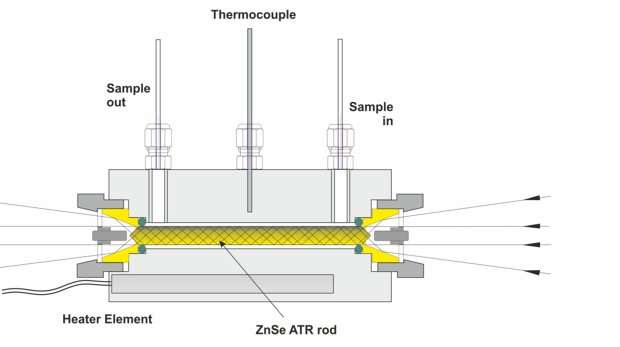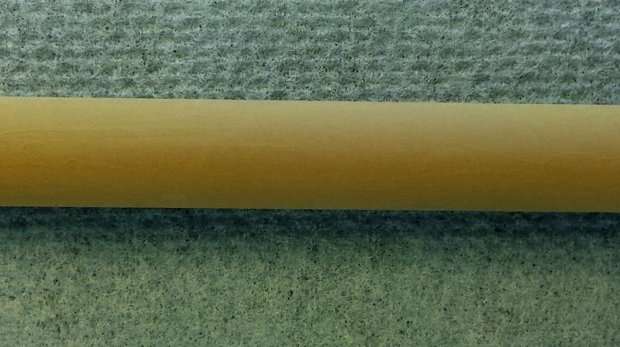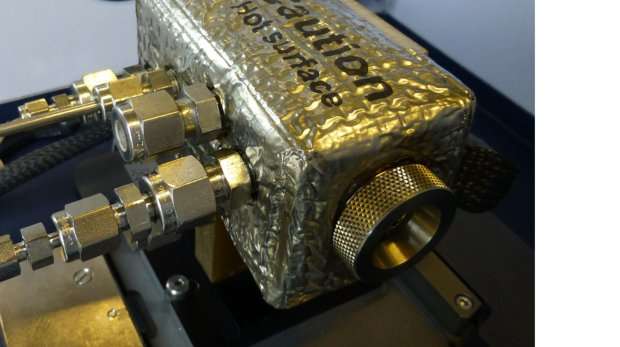From waste stream to sustainable fuel

Many industrial processes produce large quantities of waste water containing all kinds of chemicals. These contaminated water streams can be used to produce hydrogen gas with help of catalysts without vaporizing the water. However, the conversion of the available chemicals into hydrogen is a difficult process, and in order to make it efficient, a detailed understanding of the chemical reactions taking place on the surface of the catalyst is required. A device, designed by Kamila Koichumanova from UT research institute MESA+, can supply important new information about this process. It enables scientists to observe what happens at the catalyst surface during the reaction in liquid water, so that they are able to improve the catalyst and the conditions of the reaction. Koichumanova will obtain her doctoral degree for her research at the University of Twente on 7 October.
Currently, natural gas is used for the production of hydrogen. Because of the high temperatures, this reaction consumes a lot of energy, and does not contribute positively to the goal of decreasing the use of fossil fuels. It is possible to produce hydrogen at relatively low temperatures from aqueous waste streams, such as from the food, biomass or paper industry. However, the conversion reaction is currently not efficient enough to be employed at a large scale under industrial conditions. In order to greatly increase efficiency, a detailed understanding of the catalytic mechanism is required, enabling one to select the optimal reaction conditions, the optimal composition of the components in the waste stream, and the proper catalyst (chemical substance that can accelerate the reaction).
Measuring during reaction
As part of her doctoral research, Kamila Koichumanova developed a device that can be used for a detailed study of what is happening during the reaction at the catalyst surface. Contrary to many other methods, where the final products are evaluated to conclude which possible reaction has taken place, this device measures exactly what is happening on the surface of the catalyst during the reaction. This way you can also see which "intermediate products" are formed during the reaction and how effectively a specific catalyst works in practice. On the basis of this information, one can improve the efficiency of the reaction, thus this device brings us a step closer to industrial conversion of waste streams to sustainable fuels.

Infrared spectrometer
The device developed by the doctoral candidate makes it possible to employ infrared spectroscopy under water conditions. It consists of a crystal that is coated with a catalyst, which is placed in a metal tube in which temperature, pressure, supply of chemicals and discharge of hydrogen can be precisely regulated. By sending infrared light through the crystal during the reaction and measuring the light that comes out of the crystal, one can determine which reaction intermediates are present at the surface of the catalyst at any given time.

Provided by University of Twente



















